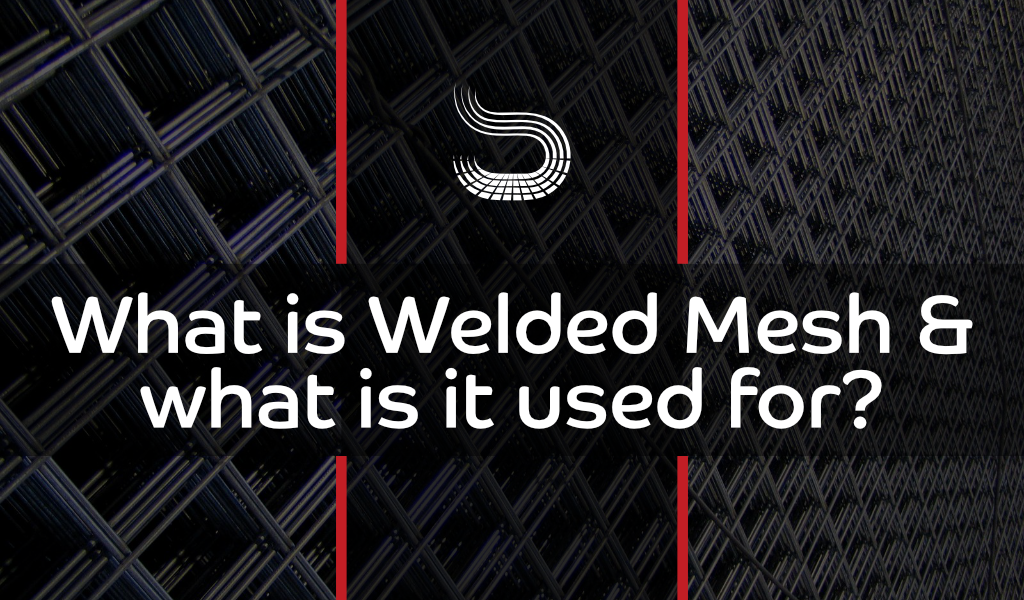Dec . 11, 2024 11:24 Back to list
welded reinforced mesh
Welded Reinforced Mesh An Essential Component in Modern Construction
Welded reinforced mesh, often referred to simply as welded mesh, plays a crucial role in contemporary construction practices. This versatile material, composed of a grid of steel wires that are welded together at their intersections, is designed to enhance the structural integrity of concrete and other building materials. As construction methods evolve and the demands for durability and reliability increase, welded reinforced mesh stands out as an indispensable component in various applications.
Understanding Welded Reinforced Mesh
Welded reinforced mesh is fabricated from high-quality steel wires, which are typically cold drawn to improve their strength. The wires are arranged in a grid pattern, with specific spacing and diameters that can be customized based on project requirements. The welding process creates a strong bond between the wires, ensuring that the mesh maintains its shape and integrity under pressure. Depending on the application, this mesh can be coated with materials such as galvanized steel or polypropylene, providing additional corrosion resistance.
The advantages of using welded reinforced mesh are numerous
. Primarily, it helps distribute loads evenly across a structure, reducing the likelihood of cracking and enhancing its overall stability. Unlike traditional rebar, which can be challenging to install correctly, welded mesh offers greater uniformity and ease of application, making it a popular choice for contractors and builders.Applications in Construction
Welded reinforced mesh is widely used in various types of construction projects, ranging from residential buildings to large-scale infrastructure developments. One of its most common applications is in flooring systems, where it is embedded within concrete slabs to provide additional support. This helps to ensure that the flooring can withstand heavy loads, reducing the risk of failure over time.
welded reinforced mesh

In addition to flooring, welded mesh is also utilized in walls and precast elements. For instance, it can be incorporated into retaining walls, providing the necessary reinforcement to counteract lateral pressures exerted by soil and water. Moreover, welded mesh is often used in the production of precast concrete products, including barriers and panels, as it enhances their strength and durability.
Environmental Benefits
In today's construction landscape, sustainability is a key concern. Welded reinforced mesh contributes positively to this effort; it is fully recyclable, making it an eco-friendly option for builders. Additionally, its ability to extend the lifespan of structures helps reduce the need for frequent repairs and replacements, ultimately leading to lower resource consumption over time.
Furthermore, welded mesh can facilitate the use of thinner concrete layers. By providing necessary tensile strength, it reduces the volume of concrete required, which not only saves on material costs but also minimizes the overall environmental footprint of a project.
Conclusion
As the construction industry continues to evolve, welded reinforced mesh remains a vital material that enhances the safety, durability, and sustainability of various structures. Its unique combination of strength, ease of use, and cost-effectiveness makes it a favored choice among builders and architects alike. With the ongoing push towards more resilient and environmentally responsible construction practices, welded reinforced mesh is well-positioned to play a significant role in future construction projects.
With myriad benefits and applications, welded reinforced mesh is more than just a structural element; it is a testament to the advancements in engineering and material science. As we build for the future, the importance of reliable and robust reinforcement solutions like welded mesh cannot be overstated. Whether in residential, commercial, or industrial settings, this innovative material will continue to be a cornerstone in the foundations of modern construction.
-
High-Quality Steel Grating Solutions for Industrial Applications | Durable, Safety, Customization
NewsJul.13,2025
-
Advanced Solutions-CompanyX|Enterprise Efficiency&Cost Reduction
NewsJul.13,2025
-
Sustainable Manufacturing-EcoTech Innovations|Waste-to-Energy System&Zero Emissions
NewsJul.13,2025
-
Welded Wire Mesh- Buildings Wiremesh Co., Ltd.|Durable Construction Material&Industrial Strength Solution
NewsJul.13,2025
-
Smart Production Solutions-Example Corp|AI Automation&IoT Monitoring
NewsJul.13,2025
-
Advanced Industrial Solutions-Advanced Industrial Solutions|Manufacturing Efficiency&Productivity
NewsJul.13,2025

